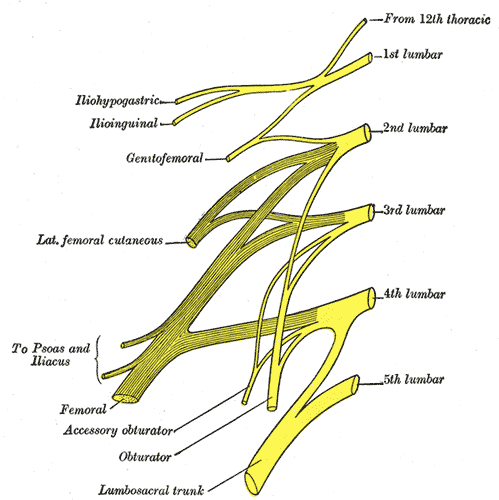Back
The Main Factors of Glans Penis Pain
By Dr. Zarina Vitebsky, DPT, MSPT, PRPC, TPS, LPF, DN on 9/20/2023

The glans penis is the bulbous structure at the end of the penile shaft. This area is highly sensory, and is important for sexual stimulation and appreciation. Men with chronic pelvic pain and dysfunction can report pain at the tip of the penis. Those with pelvic pain in this region can describe the sensation as burning, itching, sharp, shooting, dull, achy, or heaviness along the glans penis. The area may be sensitive to underwear, clothing, jock straps, and may be unable to tolerate any pressure that comes in contact with the penis. Symptoms tend to worsen with prolonged repetitive activity such as standing, walking, engaging in recreational activity and are often worse under stress.
There can be many factors attributing to the source of pain. Here, we investigate the possibility of nerve compression and irritability to cause penile pain. The Pudendal nerve, which stems from the nerve roots S2-S4 (meaning they exit from the sacrum), supplies nerve input to the pelvis. There are 3 branches of the pudendal nerve.
Inferior anal nerve - Controls your anal sphincter muscle and sends sensory information to your anal sphincter and anal canal.
Perineal nerve- Controls your pelvic floor muscles and your urethral sphincter. Provides sensory information to the perineum and the labia (the “lips” outside your vaginal opening) or scrotum (the sac that holds your testicles).
Dosal nerve to clitoris or to penis - Sends sensory information (touch, pleasure, pain) to the skin of your penis or clitoris, allowing for sexual pleasure and assisting in erections.

The terminal branch of the pudendal nerve, the dorsal nerve, innervates the glans penis. The dorsal nerve travels past the sacrotuberous ligament, through layers of soft tissue and fascia of the urogenital triangle, and down along the penile shaft. Any point along the nerves path can be subject to compression and irritability causing pain and sensitivity.
What can Pelvic Floor Physical Therapy do to treat pain in the tip of the penis?
A comprehensive pelvic physical therapy exam is warranted to evaluate the musculoskeletal and neuromuscular structures that can contribute to the glans penis pain. Externally, your pelvic therapist should assess the spine, sacrum, sacroiliac joints, hips, posture, gait, and perform special assessments to rule out the need for immediate medical attention. An internal exam may be performed with consent (via the rectum) to evaluate the muscles of the pelvic floor. The levator ani, a pelvic floor muscle, or its connective tissue can refer to the tip of the penis and reproduce symptoms.
What are the conservative treatment options for glans penis dysfunction?
Once a pelvic floor therapist evaluates the condition, a personalized treatment program will be initiated. The program can consist of nerve glides, trunk mobility and core strengthening, myofascial release, visceral and soft tissue massage, active release techniques, activity modifications, energy efficient techniques, breath work, and more.
If you’re experiencing pelvic pain or dysfunction in the glans penis and are medically clear to begin physical therapy, please reach out to us here at the Pelvic Health Physical Therapy Center in Madison, NJ to set up an evaluation & assessment! Feel free to call us 908-443-9880 or email us at contact@pelvichealthnj.com.
Read More:
How Chronic Pelvic Congestion in Men Contributes to Prostatitis By Shannon Strauch, PTA, STMT-1 on 12/11/2024 How lymphatic issues can cause symptoms of prostatitis Prostatitis and Tight Pelvic Floor Muscles: A Comprehensive Guide By Shannon Strauch, PTA, STMT-1 on 12/10/2024 How a tight pelvic floor can be the reason for prostatitis symptoms
Are you ready to live pain free?
Request An Appointment